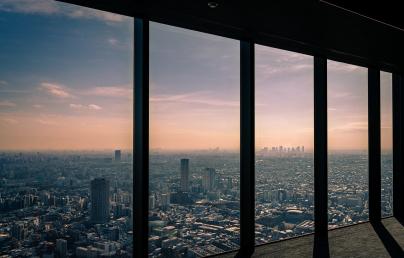Examples of passive solutions to improve energy efficient systems in buildings

News
Examples of passive solutions to improve energy efficient systems in buildings
19 July 2023
Strategic decisions in building design can help to improve energy performance, specifically when addressing heating, cooling, ventilation and lighting.
Editorial Team
The active modes of heating, cooling, ventilation and lighting can be energy-intensive. However, passive measures can help maintain good indoor thermal comfort using the physical and thermal proprieties of the building envelope.
A well-designed building uses envelope-level passive measures to minimise the thermal loads. Four key envelope-level passive solutions can be highlighted:
- Microclimate: buildings should be designed and operated based on the type of landscaping surrounding them
- Orientation: it can be optimised to facilitate sunlight and wind for daylighting and natural ventilation
- Roofing: the material should be decided based on the type of climate and can reduce the need for heating and cooling
- Facades: passive strategies can minimise the effect of solar radiation and improve occupants´ comfort.
Original source:
Themes
Energy efficiency technologies and solutions
Building Operation and Maintenance
Heating, Ventilation and Cooling
Indoor Environmental Quality


